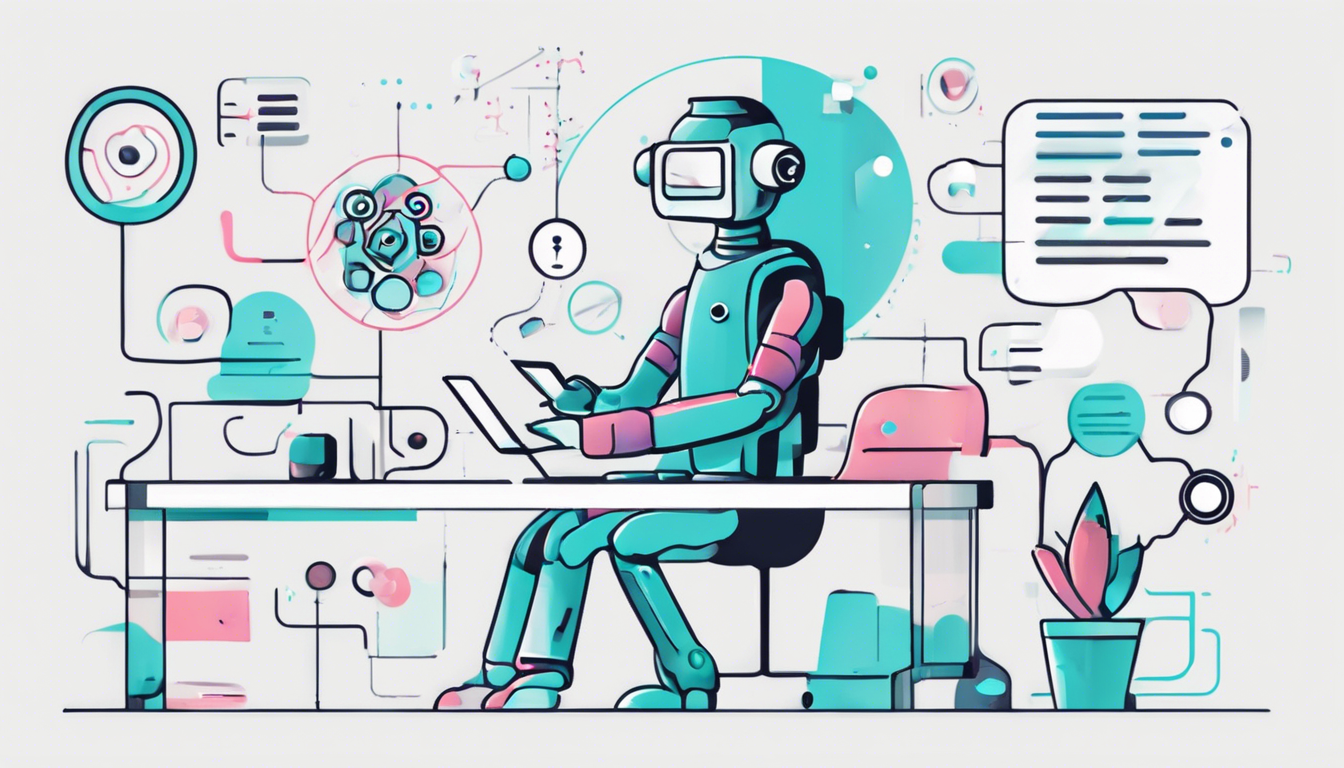In an era where user experience significantly dictates business success, employing effective chatbot testing techniques is paramount for professionals looking to enhance their interactions through automated systems.
As chatbots become integral to customer service, sales, and user engagement, the pressure to ensure they function seamlessly while delivering an exceptional user experience intensifies.
This article explores essential chatbot testing techniques that can help professionals unlock the full potential of their chatbots, improving user satisfaction and optimizing conversational interactions.
Setting Up a Chatbot Testing Framework
In the realm of conversational AI, setting up a robust chatbot testing framework is paramount to ensure a seamless user experience and optimal performance.
Implementing effective chatbot testing techniques not only allows businesses to identify and rectify potential issues early in the development phase but also enhances the overall reliability of the chatbot once deployed.
Key techniques include unit testing to validate individual components, integration testing to assess how different parts of the chatbot interact with one another, and usability testing which involves real user interaction to gather feedback.
Moreover, employing automated testing tools can expedite the process, enabling continuous integration and delivery.
By focusing on these chatbot testing techniques, organizations can significantly improve the functionality and user satisfaction of their chatbot applications.
Measuring Success: KPIs for Chatbot Testing
In the evolving landscape of digital communication, measuring success is essential for any initiative — including chatbot implementation.
To effectively evaluate the performance and user satisfaction of chatbots, professionals must adopt robust chatbot testing techniques that encompass various Key Performance Indicators (KPIs).
These KPIs may include metrics such as user engagement rates, conversation completion rate, response accuracy, and user retention, which help gauge how well the chatbot meets user expectations.
For instance, analyzing user engagement can reveal how often customers interact with the chatbot and whether they find it helpful in resolving their queries.
Meanwhile, tracking the conversation completion rate provides insights into whether users successfully navigate the conversation flow.
By employing these chatbot testing techniques, organizations can not only identify areas for improvement but also refine their strategies to enhance customer experience, ultimately driving better business outcomes.
Therefore, the integration of effective KPIs is paramount in establishing a thorough understanding of a chatbot’s performance.
Frequently Asked Questions
What are chatbot testing techniques?
Chatbot testing techniques are methods used to evaluate the performance, reliability, and user experience of chatbots.
These techniques include functional testing, usability testing, regression testing, and performance testing, among others.
Why is user experience important in chatbot testing?
User experience is crucial in chatbot testing because a well-designed UX leads to higher user satisfaction, engagement, and retention.
Poor user experiences can result in users abandoning the chatbot altogether, making it essential to test and optimize the chatbot for a seamless interaction.
How can I set up a chatbot testing framework?
To set up a chatbot testing framework, you should first define your testing goals, select appropriate testing tools, create a detailed test plan outlining the scenarios to be tested, and establish a process for tracking and analyzing testing outcomes.
Incorporating feedback from real users is also critical.
What key performance indicators (KPIs) should I measure during chatbot testing?
Key performance indicators for chatbot testing include user engagement rate, response accuracy, average handling time, user satisfaction scores, and task completion rates.
These KPIs help evaluate the effectiveness of the chatbot and determine areas for improvement.
What are the future trends in chatbot testing techniques?
Future trends in chatbot testing techniques include the integration of artificial intelligence for automated testing, the increasing focus on multi-channel chatbot experiences, enhanced natural language processing capabilities, and the use of analytics to gain deeper insights into user behavior.





